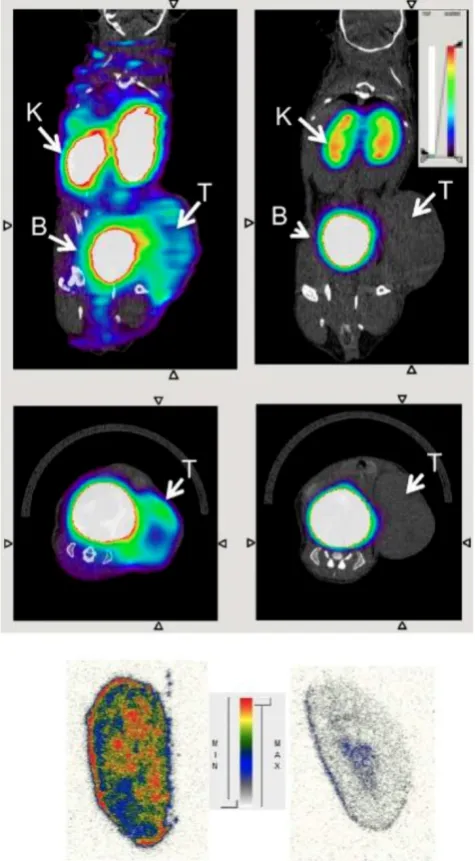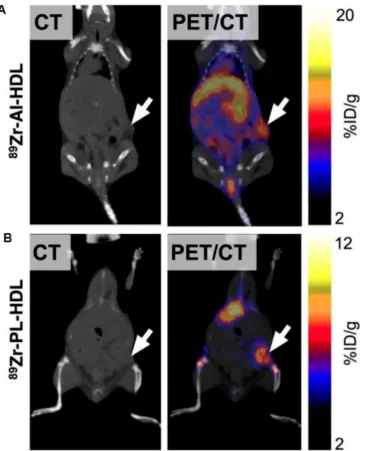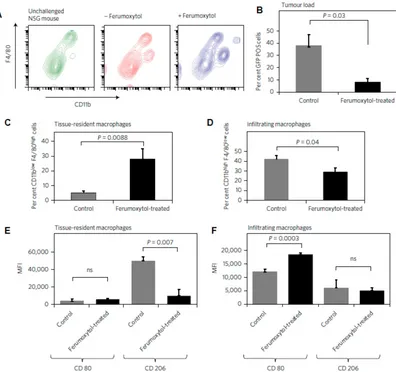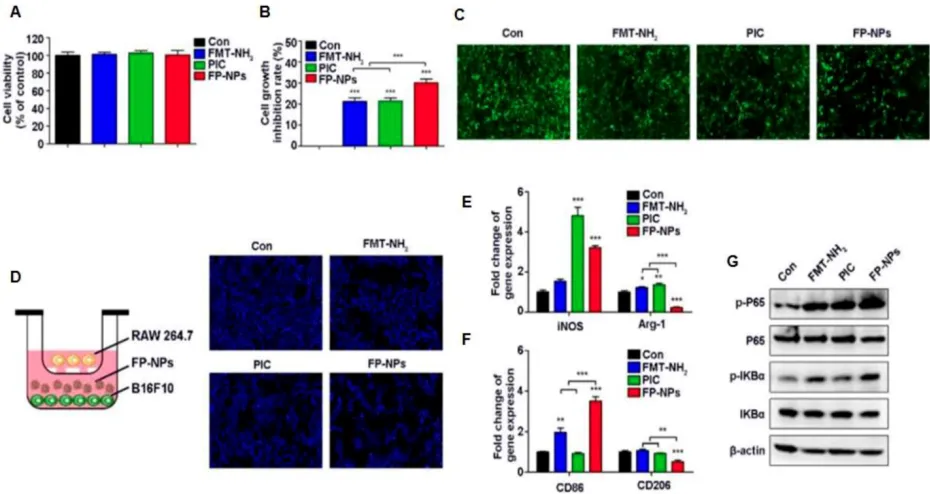The yin and yang of imaging tumor associated macrophages with PET and MRI
Full text
Figure




Related documents
This essay asserts that to effectively degrade and ultimately destroy the Islamic State of Iraq and Syria (ISIS), and to topple the Bashar al-Assad’s regime, the international
Do you think the Codabar method will detect all such single-digit errors using a method similar to the one for showing all such errors are detected for UPC numbers.. Either write Yes
Also moved non-pulmonary arterial hypertension PH (Who Groups 2-5) statement paragraph that begins “PH associated with elevated left heart filling pressures are more prevalent
The MHL research to date has demonstrated that many young people do not seek help or postpone help-seeking due to various personal and structural barriers such as fear of stigma
It was decided that with the presence of such significant red flag signs that she should undergo advanced imaging, in this case an MRI, that revealed an underlying malignancy, which
Also, both diabetic groups there were a positive immunoreactivity of the photoreceptor inner segment, and this was also seen among control ani- mals treated with a
Simplistically, we want the programming language and its runtime to support a method of running loop iterations in parallel and to handle the distribution of the processing
19% serve a county. Fourteen per cent of the centers provide service for adjoining states in addition to the states in which they are located; usually these adjoining states have


